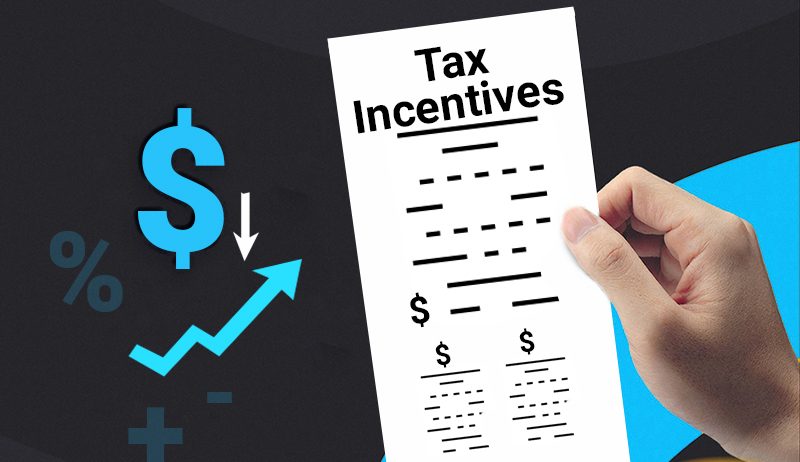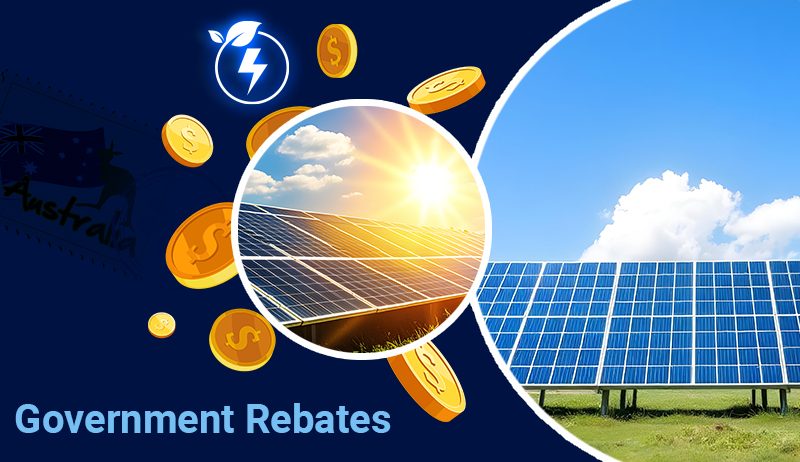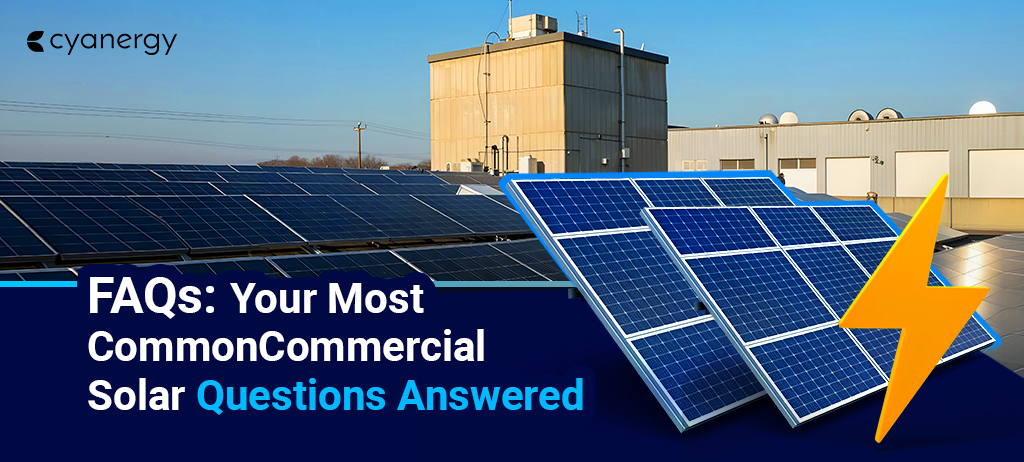Several government funds are available to help businesses with their renewable energy projects in Australia. However, eligibility can vary depending on the program and location, so it’s essential to check the guidelines carefully.
Other ways to get funding include shared financing plans, loans, tax breaks, and creative payment options. Industry associations can also be a helpful place to start, as they often have specific advice for your field.
In Australia, many government funding opportunities for renewable energy projects are available, and we will review each one.
Australian Government Grants and Financial Support
Large-scale Renewable Energy Target (LRET)
The Australian Government uses Large-scale Generation Certificates (LGCs) as part of its Renewable Energy Target (RET) to cut greenhouse gas emissions and promote sustainable energy.
LGCs encourage investment in renewable energy plants like wind farms, solar farms, and hydroelectric stations by creating a demand for these certificates.
Small-scale Renewable Energy Scheme (SRES)
The Small-scale Renewable Energy Scheme (SRES) offers tradeable certificates called Small-scale Technology Certificates (STCs) to provide financial rewards for installing renewable energy systems, like solar panels.
STCs can also be earned by using heat pumps, solar hot water, small wind turbines, or micro-hydro systems. The number of STCs you can get depends on where the system is located, how much energy it produces, and when it was installed.
Carbon Credits
Carbon credits let you offset your emissions and meet environmental goals by funding projects that lower greenhouse gas levels.
In Australia, carbon credits are issued as Australian Carbon Credit Units (ACCUs) by the Federal Government’s Clean Energy Regulator. Each ACCU equals one tonne of carbon dioxide reduced or stored through eligible projects under the Carbon Farming Initiative.
Clean Energy Finance Corporation (CEFC)
The CEFC (Clean Energy Finance Corporation) is an Australian Government agency created to help increase funding for renewable energy projects.
It uses its expertise, networks, and market connections to facilitate the financial support of businesses and individuals to improve their energy use.
The CEFC offers programs focused on clean energy and energy efficiency for small businesses, manufacturers, farmers, and small commercial properties. It also works with other organisations to provide funding through co-financing.
CSIRO Kick-Start
CSIRO Kick-Start assists innovative Australian start-ups and small businesses in conducting R&D activities by providing an end-to-end facilitation service that includes:
- Help with articulating your research question.
- Connect businesses with relevant CSIRO researcher expertise and capability.
- Matching funding support to increase the affordability or scope of R&D services.
Tax Incentives

Research and Development Tax Incentive (R&DTI)
The R&DTI provides tax offsets to encourage more Australian companies to invest in research and development.
Instant asset write-off
The instant asset write-off allows small businesses to claim deductions upfront rather than through depreciation.
From 1 July 2023 until 30 June 2024, small businesses with an annual turnover of less than $10 million were able to immediately deduct eligible assets costing less than $20,000.
The threshold is applied on a per-asset basis, so small businesses can instantly write off multiple assets.
The government announced on May 14, 2024, as part of the 2024-25 Budget, that the $20,000 instant asset write-off would be extended for an additional 12 months until June 30, 2025.
The Treasury Laws Amendment (Responsible Buy Now, Pay Later, and Other Measures) Bill 2024, which includes the extension for the fiscal year 2024-25, is currently before Parliament.
Battery Breakthrough Initiative
Hydrogen Headstart Round 2
Solar Sunshot
The National Industrial Transformation (NIT) Program
Driving the Stream of Industrial Transformation in the Region
Advancing Renewables Program (ARP)
The program “Driving the Nation.”
Regional Microgrids Program (RMP)
State and territory government grants and financial support

ACT
The Sustainable Business Program offers rebates to small and medium businesses in the ACT for energy-saving upgrades like heating, cooling, lighting, and refrigeration.
Businesses can claim up to $10,000 (including GST), but only for projects that have yet to start and meet the eligibility requirements.
NSW
The NSW Government provides tailored programs, grants, and funding to help businesses reduce energy use.
One popular option is building upgrade finance, which lets businesses access private funding to upgrade commercial buildings, with repayments made through local councils.
Queensland
Queensland offers energy-saving programs to help businesses improve energy efficiency. The Business Energy Savers Program provides free energy audits for agricultural and large businesses, along with co-funding for energy-efficient upgrades.
South Australia
The South Australian Government offers grants and programs to help businesses save energy and become more sustainable. These initiatives provide information and financial support for energy efficiency improvements.
Victoria
Sustainability Victoria helps businesses cut costs and improve efficiency through energy-saving and material-saving strategies. It also offers tools to calculate funding options and potential returns on energy upgrades and expert advice on available funding.
Tasmania
The Tasmanian Government supports businesses with grants and programs to lower energy costs and promote sustainability.
The Business Energy Efficiency Scheme helps high-energy users invest in energy-efficient solutions by covering financing costs.
The Energy Saver Loan Scheme offers no-interest loans for buying and installing energy-efficient products, with no setup or account fees (though late repayment fees apply).
Before applying for funding, consider getting an energy assessment. Companies like Cyanergy can recommend cost-effective upgrades and might guarantee savings that cover the project costs.
How to Leverage Government Incentives for Renewable Energy Projects
Moving your business to clean, renewable energy is a step toward sustainability, cost savings, and long-term resilience.
While initial costs and complexity can seem challenging, government incentives like grants, tax benefits, and financing programs make it easier.
Across Australia, these incentives are designed to help businesses reduce costs and emissions by adopting renewable energy solutions.
How to Make the Most of Renewable Energy Incentives
Assess Your Energy Needs: Start with an energy assessment to understand your energy use and identify programs you may qualify for. Many grants require this step.
Check Eligibility Requirements: Each program has its own rules, so tailor your project to meet specific funding criteria.
Prepare a Strong Proposal: Create a detailed plan outlining costs, savings, and environmental benefits. Experts like Cyanergy can help you with this process.
Combine Local and Federal Support: Maximise funding by stacking federal incentives with state-level programs, like NSW’s Building Upgrade Finance or Victoria’s VEU scheme.

Why Government Incentives are Worth It
Save Money: Grants and rebates lower upfront costs and reduce energy bills.
Meet Regulations: Using green energy helps you comply with environmental laws and prepares for future policy changes.
Boost Your Reputation: Adopting renewable energy enhances your brand image as environmentally responsible, attracting customers and investors.
Start Your Renewable Energy Journey With Cyanergy
Government incentives can help your business save money and build a reputation as a sustainability leader. However, finding the right programs and navigating the process can take time and effort.
That’s where Cyanergy comes in. We offer a free solar savings assessment to identify cost-saving opportunities and guide you in maximising grants, tax benefits, and renewable energy programs.
Contact Cyanergy today to begin your journey toward clean, affordable energy. Together, we’ll create a customised plan to turn your sustainability goals into lasting results.







